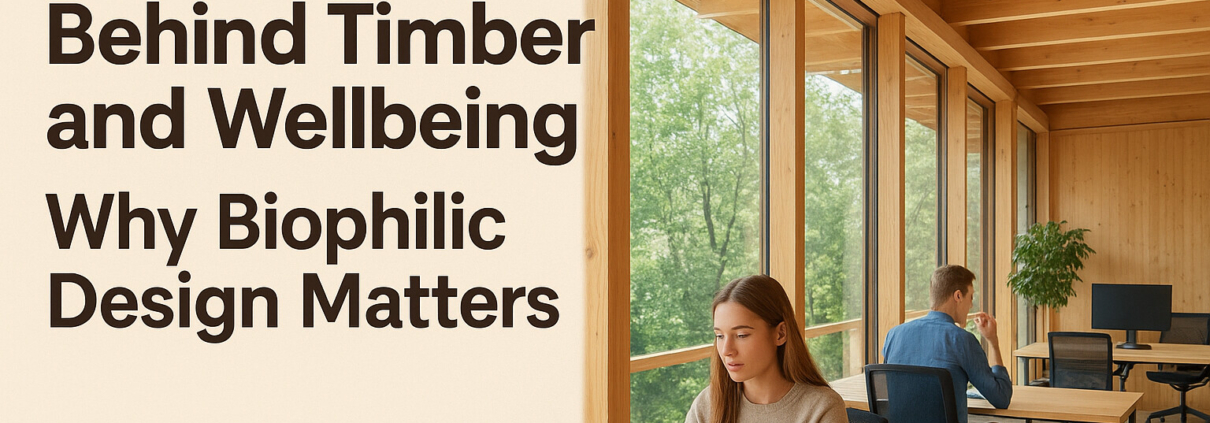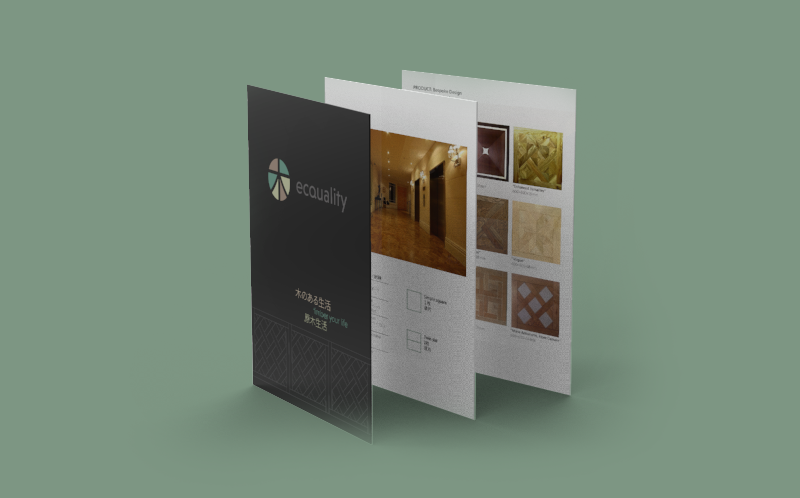Proof! Wood is better for you.
For centuries, people have instinctively recognised that natural materials make us feel better. Timber, in particular, brings a sense of calm, warmth and authenticity to the spaces we inhabit. Until recently, though, this connection between timber and wellbeing was largely anecdotal—a matter of personal experience and aesthetic preference rather than empirical fact. That is now beginning to change, thanks to emerging research that measures the physiological impact of wood-rich environments on the human body.
A recent pilot study by Sumitomo has provided some of the most compelling evidence to date. The study monitored office workers’ stress responses through cortisol biomarkers—the body’s biochemical indicator of stress. Participants who spent their days in timber-rich environments showed significantly lower cortisol levels compared with those in more conventional settings. In other words, their bodies were measurably calmer simply by being surrounded by natural materials.
This is more than a design trend. It’s an affirmation of what the field of biophilic design has been saying for decades: humans have an innate affinity with nature, and our built environments can either nourish or suppress that connection. When we spend our lives indoors—often under artificial lighting, surrounded by plastic, glass and metal—our nervous systems can remain in a low-level state of alert. Introducing natural elements such as timber helps reset that balance, promoting comfort, focus and recovery.
For architects, designers and builders, this research adds a new dimension to the case for wood. Beyond its sustainability credentials and aesthetic appeal, timber now stands as a measurable contributor to human health. The warmth of its colour, the texture of its grain and even the subtle scent of its resins all interact with our senses in ways that synthetic materials cannot replicate. These qualities create environments that people actually enjoy being in—offices where stress is reduced, schools where concentration improves, and healthcare settings where recovery may be faster.
The implications extend beyond individual wellbeing. As businesses look for ways to improve productivity and staff retention, the design of the workplace has become a strategic factor. Investing in materials that promote calm and focus can yield tangible benefits in engagement and performance. Likewise, governments and planners focused on mental health and sustainability are recognising the potential of biophilic public spaces that reconnect people with natural systems.
The Sumitomo study is an important step toward quantifying what many already feel intuitively: that timber is not only good for the planet, but good for us. It challenges the design community to think about buildings not just as enclosures or visual statements, but as living environments that influence our biology every day. As more data emerges, we can expect to see a stronger integration of natural materials into mainstream architecture—an evolution driven not just by aesthetics, but by science.
Even for those who can’t attend the upcoming webinar, the message is clear. The age-old warmth of wood has found a new advocate in modern research—and it’s reshaping how we define healthy design.

 Terry J Newman Pty Ltd
Terry J Newman Pty Ltd


